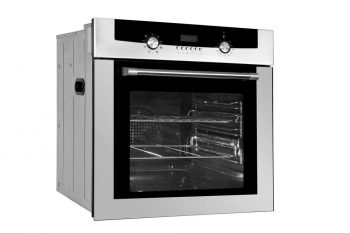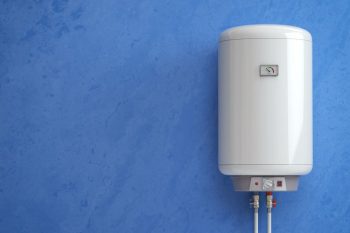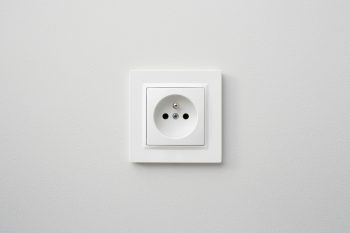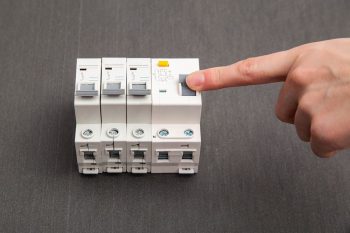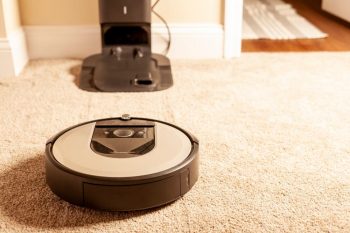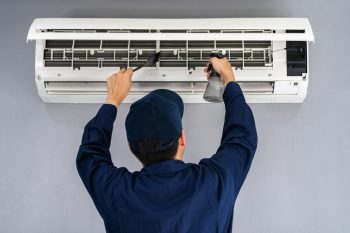
The current draw of a ceiling fan/light is a critical factor in its operation, energy consumption, and impact on your utility bill. This article provides an in-depth understanding of what the current draw is, how it’s measured, the factors that influence it, and how it impacts the fan’s performance and efficiency.
The current draw for a ceiling fan/light refers to the amount of electrical current, measured in amperes (amps), that it consumes during operation. This can be influenced by factors such as the fan’s size, speed settings, motor efficiency, and additional features. Most standard residential ceiling fans typically draw around 0.5 to 2 amps. The current draw can be calculated using the formula: Current (amps) = Power (W) / Voltage (V). The electricity consumption of a ceiling fan is typically between 50 to 80 watts, which can affect your electrical bill.
Understanding Current Draw
“Current draw” refers to the amount of electrical current, measured in amperes (amps), consumed by the fan and light during operation. The current draw depends on factors like the fan’s size, motor, speed settings, and any additional features like lights. Most standard residential ceiling fans typically draw around 0.5 to 2 amps.
Calculating Current Draw
The current draw of a ceiling fan is calculated using the formula:
$$\text{Current (amps)} = \frac{\text{Power (W)}}{\text{Voltage (V)}}$$
For example, a typical ceiling fan has a power consumption of around 33 W, and if the voltage is 120V, the average current draw would be:
$$\text{Current} = \frac{\text{Power}}{\text{Voltage}} = \frac{33\text{ W}}{120\text{ V}} = 0.275\text{ A}$$
Measuring Current Draw
To measure the current draw of a ceiling fan/light, you can use a clamp-on AC ammeter. The ammeter should be clamped around the live wire connected to the ceiling fan/light. The current draw of a ceiling fan typically ranges from 0.5 to 2.5 amps.
Factors Influencing Current Draw
The current draw of a ceiling fan/light is influenced by several factors, including: * Fan size: Larger fans with longer blades generally consume more electricity compared to smaller fans. * Speed settings: Higher speed settings require more power, while lower speed settings consume less. * Motor efficiency: Energy-efficient fans with efficient motors, such as those with DC motors, consume less power than fans with standard AC motors. * Blade design and pitch: Fans with steeper blade pitches or more aerodynamic designs may use more energy to generate airflow. * Usage duration: The longer a fan is in use, the more energy it consumes. * Additional features: Fans with extra features, such as lights or reversible motors, may require more energy.
Impact on Performance and Efficiency
The current draw of a ceiling fan/light impacts its performance and efficiency in several ways. Higher speed settings require more electrical energy, resulting in higher amps, while lower speed settings use fewer amps. Energy-efficient models can consume less power and save you money in the long run.
Impact on Electrical Bill
The current draw of a ceiling fan/light can affect your electrical bill. The electricity consumption of a ceiling fan is typically between 50 to 80 watts, while integrated lighting fixtures and other accessories can increase the amp usage.
Reducing Current Draw for Energy Efficiency
There are several ways to reduce the current draw of a ceiling fan/light for energy efficiency, including choosing an energy-efficient fan, utilizing variable speed settings, ensuring proper fan direction, upgrading to LED bulbs, turning off the fan when not in use, and keeping your fans clean.
By understanding the current draw of your ceiling fan/light and how to manage it, you can optimize its performance and efficiency, reduce your energy consumption, and save on your electricity bills.
Frequently Asked Questions
What does the term “ampere” mean?
Ampere, often shortened to “amp”, is the unit of electric current in the International System of Units (SI). It is equal to the flow of one coulomb of charge per second.
What is the difference between AC and DC motors in ceiling fans?
AC (Alternating Current) motors are the traditional type of motor used in ceiling fans, while DC (Direct Current) motors are newer and more energy-efficient. DC motors consume up to 70% less energy than AC motors and are quieter in operation, but they are also typically more expensive.
How does blade design and pitch affect the current draw?
Blade design and pitch (the angle of the blade) can affect the amount of air the fan can move, and thus the energy it consumes. A steeper blade pitch or a more aerodynamic design may require more energy to generate the same airflow as a fan with a less steep pitch or less aerodynamic design.
What is a clamp-on AC ammeter?
A clamp-on AC ammeter is a device used to measure the current flowing through a wire without having to disconnect the circuit. The ‘clamp’ refers to the device’s jaws, which can be opened and placed around a wire to measure the current.
How does the duration of usage affect current draw?
The longer a fan is in use, the more energy it consumes, and thus the higher the current draw. However, the current draw does not increase over time; rather, the total energy consumption (and cost) increases the longer the fan is running.
How does the addition of a light fixture affect the current draw?
Adding a light fixture to a ceiling fan increases the fan’s overall power consumption, leading to a higher current draw. The increase in current draw depends on the wattage of the light bulb used in the fixture. LED bulbs typically have lower wattages and thus contribute less to the current draw than incandescent or halogen bulbs.




